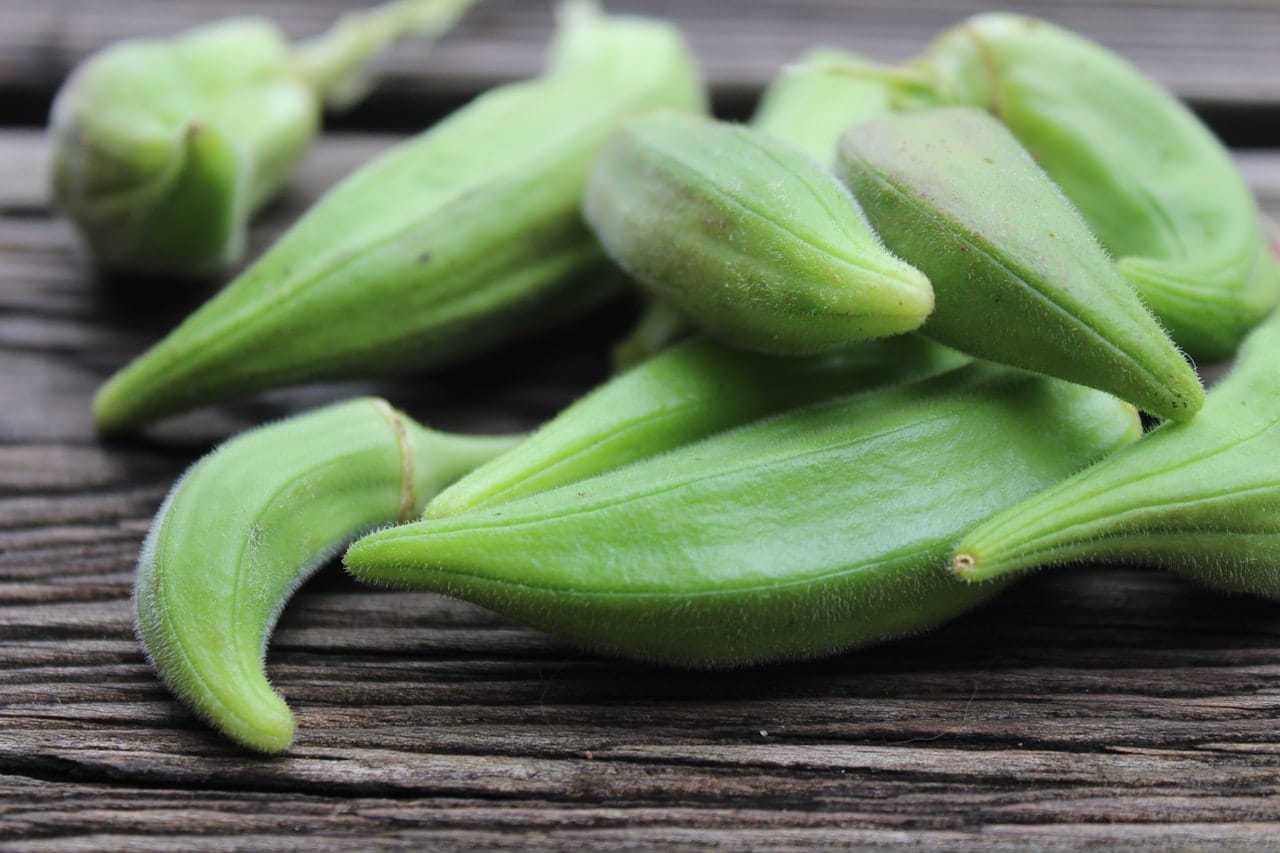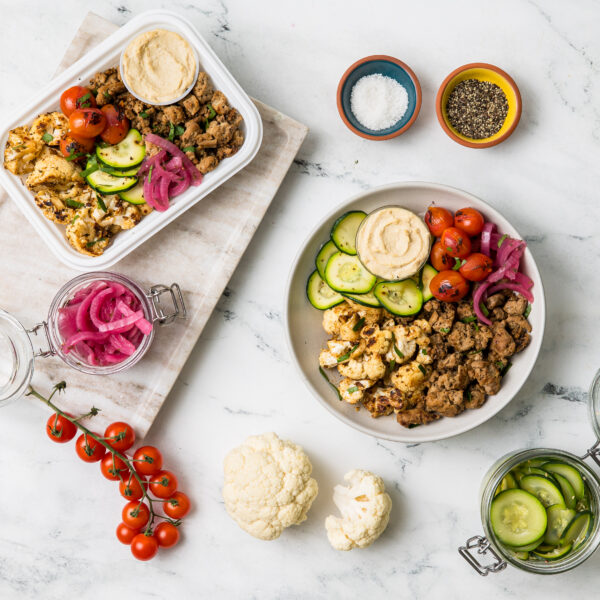Cajun and creole seasonings both come from immigrants who ended up in Louisiana. Cajun comes from French-Canadians (Acadians), and creole comes from multiple cultures, including mainly Africa but also Italy, and Ireland.
These spices both have strong flavors and vary in blend types. Read on to discover the differences between the two and how you can incorporate them into your next dish or enjoy them in your next Snap Kitchen meal.
Cajun vs. Creole seasoning
These flavors are both very popular in states such as Louisiana, but how do they stack up against each other? Read on to find out.
Cajun
Cajun seasoning brings the heat, as it is stock full of a variety of peppers. Typically, cajun blends include the following ingredients:
- White peppers
- Black peppers
- Cayenne peppers
- Bell peppers
- Paprika
- Onion
- Celery
- Garlic
Creole
Creole, on the other hand, has a bit more mild of a taste. This “herbal medley” consists of:
- Oregano
- Bay leaf
- Basil
- Thyme
- Rosemary
- Parsley
- Paprika
While the two have vastly different ingredients, they are actually interchangeable! Obviously, if you opt for cajun seasoning, you will experience more of a kick and creole more of a subdued herby flavor. If you want to take things up a notch, you can even make your own blend of the two and combine ingredients from above to your liking. Let us know what seasoning concoctions you end up with!
Recipes and Meals
There are plenty of different recipes that you can make that incorporate cajun and/or creole seasoning! Whether you’re looking to make something at home or just rely on a Snap Kitchen classic, here’s where you can get your fill of Cajun and creole:
Cajun Chicken Pasta: Learn how to make this classic dish with a burst of flavor here. Our favorite gluten-free pasta brand is Jovial Foods.
Snap Kitchen Cajun Salmon: Our cajun salmon is packed with flavor and rich in omega-3s, paired with collard greens and Pederson Natural Farms sugar-free bacon. This dish is what dreams are made of!
Cajun Shrimp Casserole: This seafood casserole is packed with shrimp, cheese, and rice, and of course – cajun seasoning. Learn how to make it here. To keep it soy-free, you can sub coconut aminos for the soy sauce.
Jambalaya: Truly a classic, authentic Creole food, learn how to make your own delicious jambalaya here! Swap the canola oil for extra virgin olive oil or avocado oil for a healthier cooking fat option.
Summary
Both Cajun and Creole seasonings are delicious in their own ways, and can be added to a number of dishes either together or separately! Although a lot of typical cajun and creole-seasoned food is sometimes thought of as unhealthy, there are plenty of ways to keep your health goals on track while getting the most out of delicious, authentic flavors.
Not in the mood to cook tonight, but can’t stop thinking about dishes that are bursting with flavor? We’d like to recommend the Cajun Salmon, but if that doesn’t suit your fancy, check out the rest of our chef-prepared menu here. Happy feasting!





Leave a Reply
No Comments